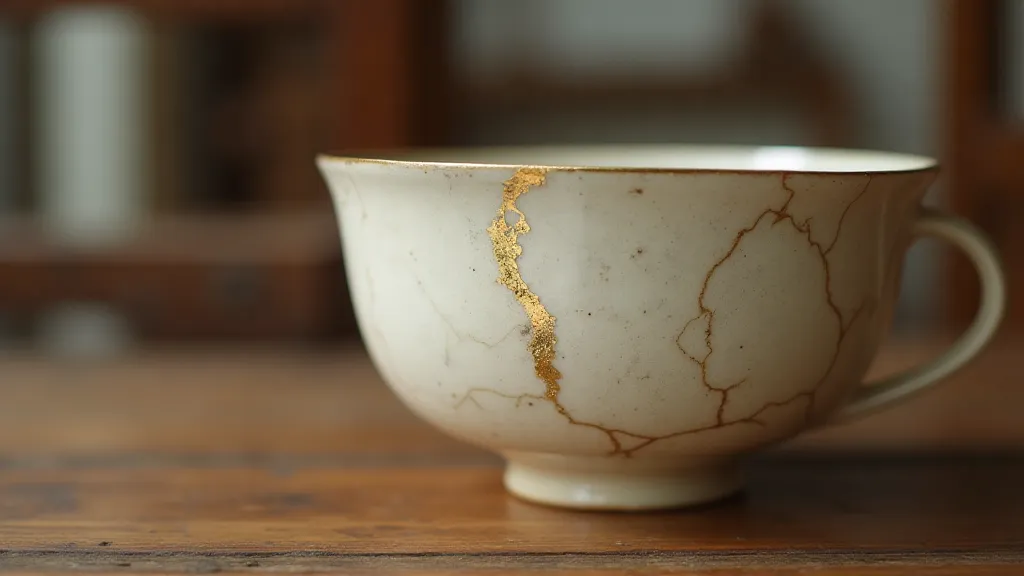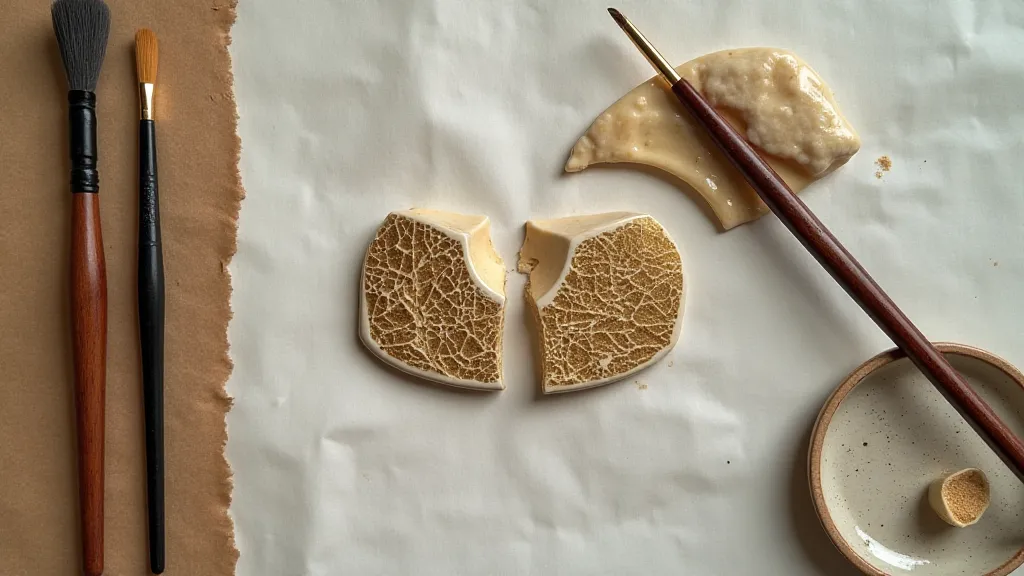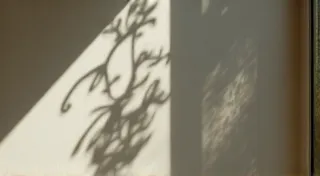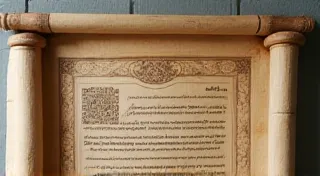The Alchemy of Impermanence: Finding Beauty in Fleeting Prose
There's a quiet dignity in the chipped edge of a porcelain bowl, a resonance in the worn bellows of an antique accordion. They speak of stories lived, of hands that held them, of time’s relentless passage. This isn't a lament for what’s lost, but an acknowledgement – a celebration, even – of the journey, the flaws, the evidence of a life well-worn. This philosophy finds a perfect echo in the Japanese art of Kintsugi, the repair of broken pottery with gold, and it offers a powerful lens through which to view the crafting of prose itself.
Kintsugi, meaning “golden joinery,” is more than simply fixing a broken piece; it’s elevating it. The cracks, far from being hidden, are emphasized with a lacquer mixed with powdered gold, silver, or platinum. The resulting object isn’t just restored; it’s transformed, rendered unique and precious by its history. The damage becomes a vital part of its beauty, a visual testament to its resilience. It's a tangible representation of *wabi-sabi*, the Japanese aesthetic that finds beauty in imperfection and impermanence. The concept challenges the Western ideal of flawless perfection, offering instead a profound appreciation for the transient nature of existence.
I remember the first time I encountered a Kintsugi bowl. It was at a small antique shop tucked away on a cobbled street in Kyoto. The bowl, seemingly ordinary at first glance, held a captivating aura. Its gold-laced fissures shimmered in the soft light, drawing my eye and whispering a story of survival and renewal. It was a stark contrast to the pristine, mass-produced ceramics that dominate our modern world. It felt… honest.

The Craft of Kintsugi: A Process of Respect
Historically, Kintsugi isn’t a recent invention. While its formalization is often linked to the 15th century and the shogun Ashikaga Yoshimasa who supposedly broke his favorite tea bowl and requested it be repaired in a way that would highlight its imperfections, similar practices of repairing ceramics with precious metals existed earlier. The act itself isn't merely about technical skill, though that is certainly vital. It’s steeped in philosophy and an understanding of the material's nature. The process is surprisingly involved: broken pieces are carefully reassembled, often using a temporary adhesive, then bound and allowed to dry. Once stable, gaps are filled with lacquer (traditionally urushi lacquer, which takes years to cure and develop its full properties), then painstakingly polished. Finally, the gold (or silver or platinum) is applied, requiring incredible precision and a steady hand. A single bowl can take weeks to restore.
The inherent patience required for Kintsugi mirrors the mindful approach we should take in writing. Too often, we strive for immediate impact, a dazzling display of prose that leaves a fleeting impression. We delete, revise, and rewrite, chasing a phantom perfection that is ultimately unattainable and, arguably, undesirable. We’re erasing the evidence of our journey, the hesitations, the revisions, the moments of doubt that shaped the final product. But what if, instead, we embraced those imperfections? What if we acknowledged the cracks in our writing, the moments where the prose faltered, and allowed those vulnerabilities to shine through?
Consider the antique accordion, another object steeped in history and bearing the marks of time. Its bellows are often patched and repaired, its keys stick and require coaxing. But it still breathes music, its flaws adding a unique character to its performance. A perfectly restored accordion might be a beautiful object to display, but it would lack the soul of one that has been played, loved, and persevered through years of use. The cracks and repairs tell a story of resilience and the enduring power of human connection.
The Writer’s Impermanence: Embracing the Transient
Just as Kintsugi elevates broken pottery, we can elevate our writing by embracing its impermanence. This doesn’t mean abandoning the pursuit of clarity and craftsmanship; it means acknowledging that language itself is a fleeting thing. Words shift in meaning, contexts change, and the very act of writing alters the experience. What resonated deeply yesterday might feel flat or cliché tomorrow. Our own perspectives evolve, coloring our words with new hues. The desire to capture a moment, a feeling, a truth is always a striving, a reaching for something that inherently escapes our grasp.
Think of a beloved phrase or idiom. Once fresh and evocative, it can become worn through overuse, stripped of its original power. The writer's challenge lies in finding new ways to express the eternal, to breathe life into familiar concepts, to find the gold within the cracks of language.

Finding the Gold: A Practice of Mindfulness
Applying the philosophy of Kintsugi to writing isn’t about intentionally introducing flaws, but about approaching the process with a renewed sense of mindfulness and acceptance. It's about recognizing that the journey of writing is as important as the final product. It's about valuing the revisions, the rejections, the moments of creative frustration that shape our voice. It’s about finding the beauty in the imperfections, the vulnerabilities, the cracks in our prose. It's about allowing those imperfections to become a part of the story.
Perhaps this means leaving in a sentence that feels a little rough around the edges, a phrase that captures a moment of uncertainty, a metaphor that doesn't quite land as intended. Perhaps it means embracing the digressions, the tangents, the moments of unexpected insight that veer off the planned course. These seemingly "flaws" can add depth, complexity, and authenticity to the writing. They can invite the reader to engage with the text on a more personal level, to recognize the humanity behind the words.
The next time you’re tempted to erase a “mistake” in your writing, pause and consider what that imperfection might reveal. What story does it tell? What vulnerability does it expose? Could that “flaw” be the gold waiting to be discovered?

Ultimately, the alchemy of impermanence – finding beauty in fleeting prose – is a practice of self-acceptance and a celebration of the creative journey. It is an invitation to embrace the cracks, to find the gold within the flaws, and to find the resonance in the stories that endure.





